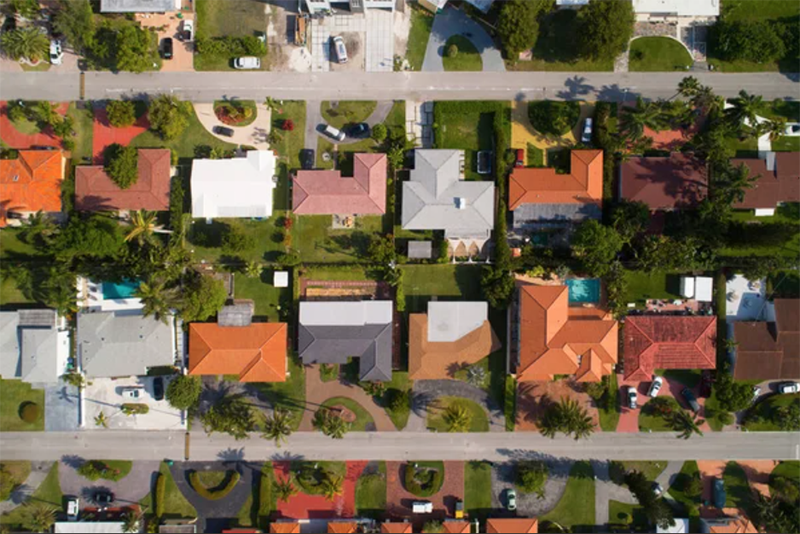In recent years, Illinois has grappled with a growing affordable housing crisis. This challenge has prompted lawmakers to take action, aiming to build a long-term, sustainable solution to the state’s housing troubles. Their focus lies in creating an environment conducive to affordable housing development, supported by tax incentives and increased homelessness services.
The “Build Illinois Homes Tax Credit,” a proposed legislative solution, seeks to alleviate this issue. Priced at an estimated $35 million annually for a decade, proponents believe this measure would facilitate the creation of approximately 3,500 affordable housing units each year, according to Capitol News.
The Illinois Housing Council (IHC), a significant advocate for affordable housing in the state, has been urging state officials to address the issue earnestly. Their advocacy is backed by distressing statistics: Illinois has seen a loss of 13 percent in its low-rent units since 2011, as per an IHC report. Furthermore, studies indicate a stark gap between the demand and supply of affordable housing. Approximately 450,000 renters in the state are considered extremely low-income, yet there are only 150,000 affordable units readily available.
“Our state is facing an affordable housing crisis, stemming from years of housing under-production,” said Allison Clements, the IHC’s executive director, during a senate committee meeting. “Our state’s housing deficit has grown 64 percent since 2012, meaning we have more people needing homes than are available.”
Tax Incentives for Developers: A Sustainable Solution?
This proposed legislation, if ratified, would provide tax incentives to developers. Once their properties are completed and occupied by tenants, these developers would be eligible for tax breaks. Consequently, this scheme would not affect the state’s budget until 2026, offering a window for the benefits to start showing before the costs kick in.
Chicago developers have recently shown a preference for a state incentive created to encourage affordable housing construction. This incentive has proved valuable in offsetting the city’s increased requirements for the number of affordable housing units that need to be built alongside market-rate housing in multifamily projects.
The Faces of Homelessness in Illinois
The state’s Governor, J.B. Pritzker, proposed another affordable housing initiative during his Feb. 15 budget address. Named “Home Illinois,” this program calls for a $50 million increase in homelessness services. These services encompass emergency shelter, short-term rental assistance, and the development of permanent housing units.
Pritzker painted a grim picture of the housing situation in his budget address, citing estimates of over 120,000 individuals experiencing homelessness annually and more than 76,000 children living in overcrowded housing.
“The faces of Illinoisans with no home to go to are not homogenous,” Pritzker said. “They include single parents with infants and toddlers, 6th graders trying to complete their homework using toilets as a desk in temporary shared housing, and LGBTQ+ high schoolers who were kicked out of their homes by their parents.”
The proposed solutions are ambitious and have the potential to initiate significant change. However, they require careful implementation and time to yield results. Amid these efforts, the importance of continued advocacy and innovative solutions to address the affordable housing crisis in Illinois remains paramount.
Lawmakers, housing advocates, and the community at large must continue to work collectively to ensure that every Illinois resident has access to affordable, safe, and adequate housing.






